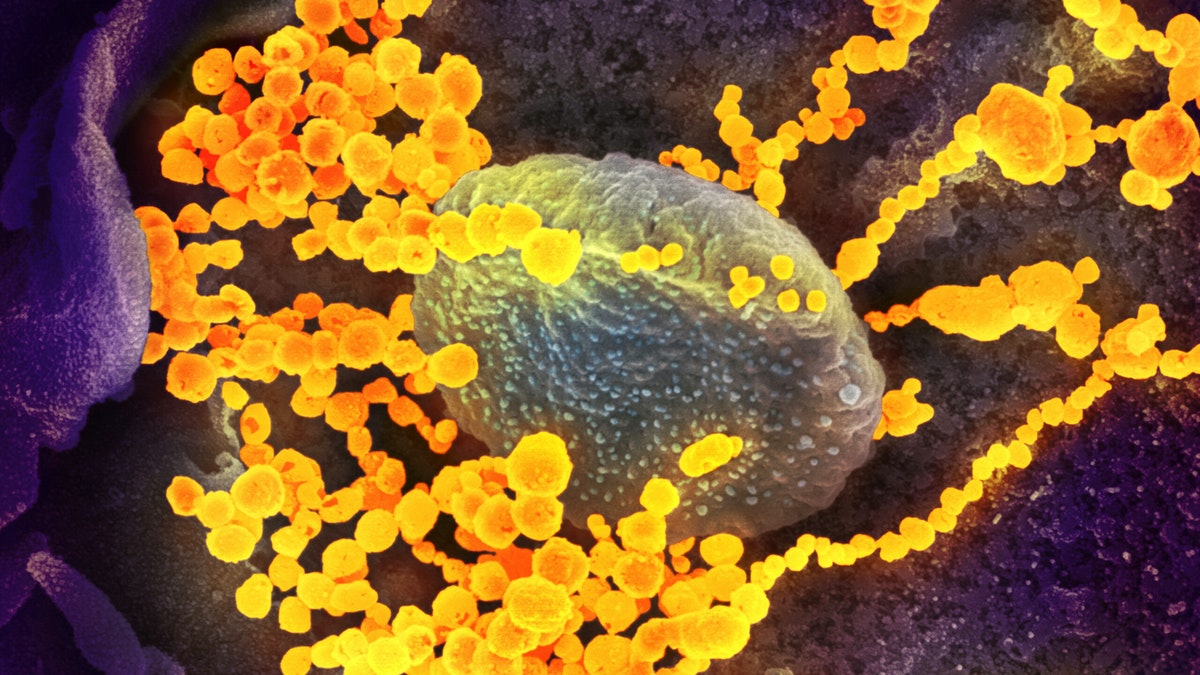
Scientists at the University of Vermont, Tufts University, and the Wyss Institute for Biologically Inspired Engineering at Harvard University unveiled on Monday the creation of the world’s first “self-replicating living robots.”
“The same team that built the first living robots (‘Xenobots,’ assembled from frog cells—reported in 2020) has discovered that these computer-designed and hand-assembled organisms can swim out into their tiny dish, find single cells, gather hundreds of them together, and assemble ‘baby’ Xenobots inside their Pac-Man-shaped ‘mouth’—that, a few days later, become new Xenobots that look and move just like themselves,” the schools said in a statement. “And then these new Xenobots can go out, find cells, and build copies of themselves. Again and again.”
Josh Bongard, a computer science professor and robotics expert at the University of Vermont and lead author of the study, suggested that people view robots the wrong way, focusing on what they are made out of vs. what they do.
“Most people think of robots as made of metals and ceramics but it’s not so much what a robot is made from but what it does, which is act on its own on behalf of people,” he said. “In that way it’s a robot but it’s also clearly an organism made from genetically unmodified frog cell.”
CNN reported:
Bongard said they found that the xenobots, which were initially sphere-shaped and made from around 3,000 cells, could replicate. But it happened rarely and only in specific circumstances. The xenobots used “kinetic replication” — a process that is known to occur at the molecular level but has never been observed before at the scale of whole cells or organisms, Bongard said.
With the help of artificial intelligence, the researchers then tested billions of body shapes to make the xenobots more effective at this type of replication. The supercomputer came up with a C-shape that resembled Pac-Man, the 1980s video game. They found it was able to find tiny stem cells in a petri dish, gather hundreds of them inside its mouth, and a few days later the bundle of cells became new xenobots.
CNN’s report noted that the xenobots were “easily extinguished” by scientists and they are biodegradable and regulated by “ethics experts.”
WATCH:
NEW – Researchers play god and create the first living, AI-designed “Xenobots” that can self-replicate.https://t.co/c6EgZHTBf5 pic.twitter.com/6m8lbSF3gU
— Disclose.tv (@disclosetv) November 29, 2021
“We are working to understand this property: replication. The world and technologies are rapidly changing. It’s important, for society as a whole, that we study and understand how this works,” Bongard said. “This is an ideal system in which to study self-replicating systems. We have a moral imperative to understand the conditions under which we can control it, direct it, douse it, exaggerate it.”
“The speed at which we can produce solutions matters deeply. If we can develop technologies, learning from Xenobots, where we can quickly tell the AI: ‘We need a biological tool that does X and Y and suppresses Z,’ —that could be very beneficial,” he added. “Today, that takes an exceedingly long time.”
The Daily Wire is one of America’s fastest-growing conservative media companies and counter-cultural outlets for news, opinion, and entertainment. Get inside access to The Daily Wire by becoming a member.
